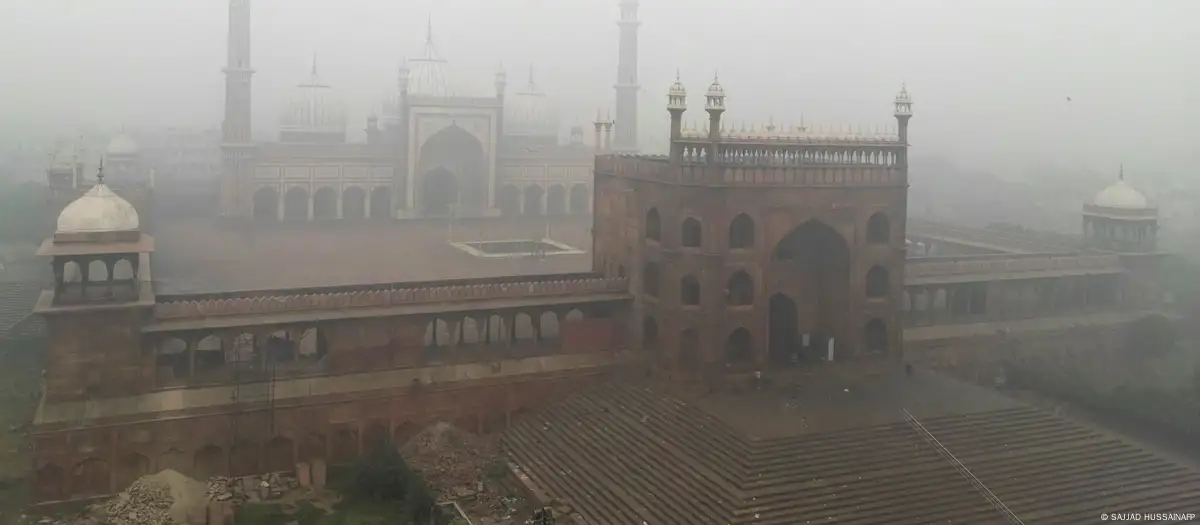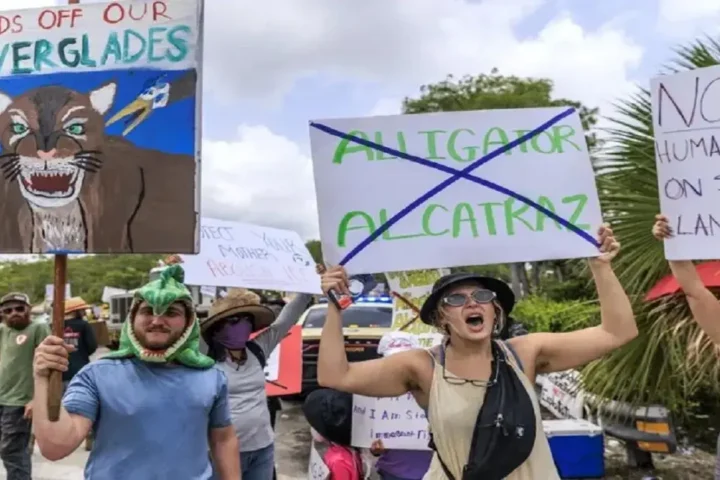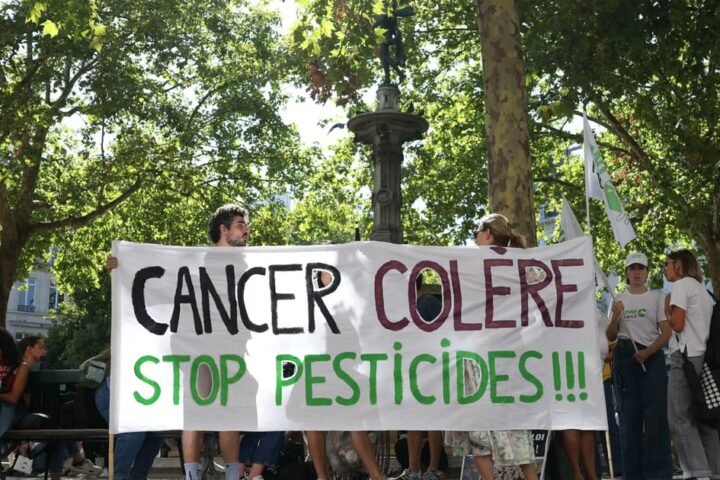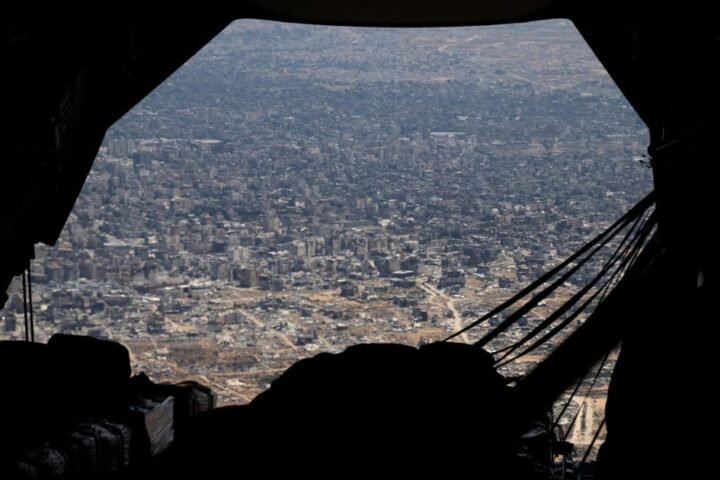Toxic smog continues to plague most of northern India, including the capital, New Delhi. The Supreme Court has criticized the government’s slow response as levels of microparticles soared above the recommended limits.
Air pollution readings in the Indian capital, New Delhi, have reached record levels for this year, India’s pollution control authority has said, with residents reporting stinging eyes and difficulty breathing outside on Monday.
The national capital territory’s 24-hour air quality index (AQI) reading was at 484, classified as “severe plus,” the authority said.
High levels of smog are a regular occurrence in the region each year in winter, when cold air traps dust, emissions and smoke from illegal stubble-burning in some surrounding states to create a toxic mixture of smoke and fog.
Classes moved online
Authorities have ordered schools to move to online classes in a bid to reduce traffic in the city.
“Physical classes shall be discontinued for all students, apart from Class 10 and 12,” Chief Minister Atishi, who uses one name, said in a statement late on Sunday.
They have also tightened restrictions on construction activities and vehicle movements, while children and the elderly, along with people suffering lung or heart problems, have been urged to remain indoors if possible.
The orders came into force on Monday morning.

Dangerous levels of particulate matter
The smog is blamed for thousands of premature deaths, with air quality in Delhi ranked as “hazardous” by the Swiss group IQAir.
According to IQAir, the level of particulate matter measuring 2.5 microns or less in diameter (PM2.5) reached 907 on Monday morning. This level is 65 times higher than the maximum recommended by the World Health Organization (WHO). A reading above 15 in a 24-hour period is unhealthy for people.
Such matter can enter the lungs, causing deadly illnesses and heart problems.
Visibility dropped to 100 meters (109 yards) in Delhi, with smog making many buildings, such as the iconic India Gate, virtually invisible.
Up to 40% of the pollution in Delhi has been caused by the burning of stubble to clear rice fields after harvesting, according to SAFAR, a weather forecasting agency under the Ministry of Earth Sciences.
Satellites detected 1,334 such events in six states on Sunday, said India’s Consortium for Research on Agroecosystem Monitoring and Modeling from Space.
Indian Supreme Court slams government inaction
India’s Supreme Court last month ruled that clean air was a fundamental human right, ordering both the central government and state-level authorities to take action.
According to the daily Hindustan Times, the court has now reprimanded the Delhi government for delaying measures designed to reduce pollution levels.
Indian media later reported that the top court had ordered the implementation of the Stage 4 restrictions under the Graded Response Action Plan (GRAP) remain in place until further notice, even if pollution levels fall.
According to The Times of India, the Supreme Court said there was a constitutional obligation for citizens to be able to live in a pollution-free environment.
Air improves in Pakistan’s Lahore
As smog increases in Delhi, the air quality in Pakistan’s city of Lahore fell below the limit considered “hazardous” for humans for the first time in two weeks.
The AQI index reached a daily average of 243, which is still ranked as “very unhealthy” but below the highest level of 300.
The level of PM2.5 particles also still remained more than 10 times higher than the WHO’s recommended level.
The city recorded a record AQI of 1,110 on November 14.








